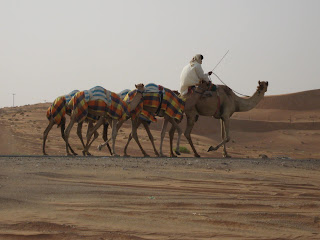Diana played standards from the great American songbook in her unique, smooth and sophisticated style, paying homage to such greats as Nat King Cole, Peggy Lee and Irving Berlin along the way. Her take on Walk on By was a long way from Dionne Warwick but spine tingling nevertheless.
The band? Anthony Wilson, Kareem Riggins and Robert Hurst are suitably classy jazz players and contributed to an evening that purred. I don't like the fact that people clap during numbers but it was hard to resist doing so with solos from these three.
My only disappointment was that she didn't play A Case of You, by my favourite Canadian, still, it's on Youtube, or I can always put Blue on.




















































